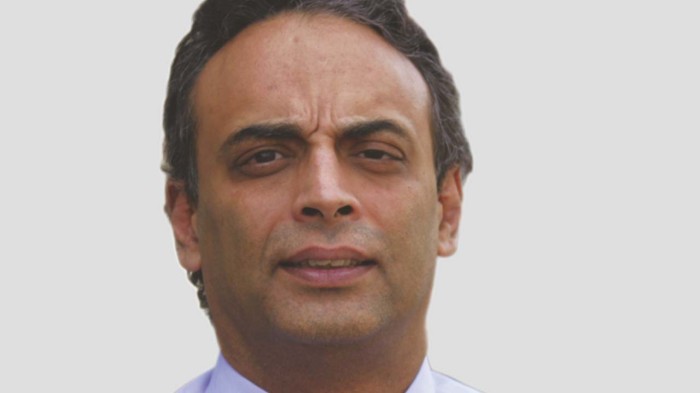In Opinion
Follow this topic
Bookmark
Record learning outcomes
It is time to recognise that all pharmacists in all settings are clinicians, who apply their knowledge in different ways, says National Association of Primary Care president Ash Soni.
The current funding model for pharmacy doesn’t value all the steps needed to ensure the safe and effective use of medication.
It is based on the mechanics of assembly with almost a nod to the important elements of care. There is some element of additional support relating to new medicines the patient is taking through NMS and DMS but the latter is subject to a referral from the hospital on discharge and the former is only for certain medicines in certain conditions.
We know the data regarding non-compliance, whether intentional or unintentional, and the levels of hospital admissions due to adverse drug reactions. These are big costs to the NHS but rather than supporting community pharmacy to help reduce and manage these costs, the NHS has invested in supporting pharmacists to work in ARRS roles. These are important in supporting some elements of better outcomes from and utilisation of medicines but they fail to take advantage of the most common point of contact for patients and their medicines.
We are all clinicians
We still talk about clinical pharmacists and community pharmacists, which undermines the fact that we all do the same degree. It’s time to recognise that all pharmacists in all settings are clinicians, who apply their knowledge in different ways.
Maybe one step on that journey is to start referring to pharmacists working in community pharmacies as general pharmacist (or pharmaceutical) practitioners creating equivalence with general medical practitioners, general dental practitioners and general nursing practitioners, alongside stopping using the word ‘clinical’.
Properly fund care
The next step is to properly fund the provision of care alongside supply, rather than limiting the effectiveness of pharmacist interventions in improving patient outcomes and the use of medicines in specific limited circumstances.
There also needs to be an understanding of the skills and capabilities within community pharmacy teams. There is the clinical role of pharmacists and the developing support skill set of pharmacy technicians.
There is the assembly and accuracy checks conducted by pharmacy technicians and dispensing staff. There is the role of pharmacists and medicines counter assistants in the appropriate advice, and if needed, supply of OTC medicines as part of the self-care agenda.
To achieve this needs proper funding for each element of that delivery programme but also significant investment in training and development for all members of the team with suitable protected learning time, rather than the expectation that training will fit in around work.
If this is done properly, it will help the system to better manage the impact of medicines rather than focusing on their cost. Then we can separately value what else community pharmacies offer as a first point of contact in improving health outcomes, delivering ‘healthcare on the high street’.

